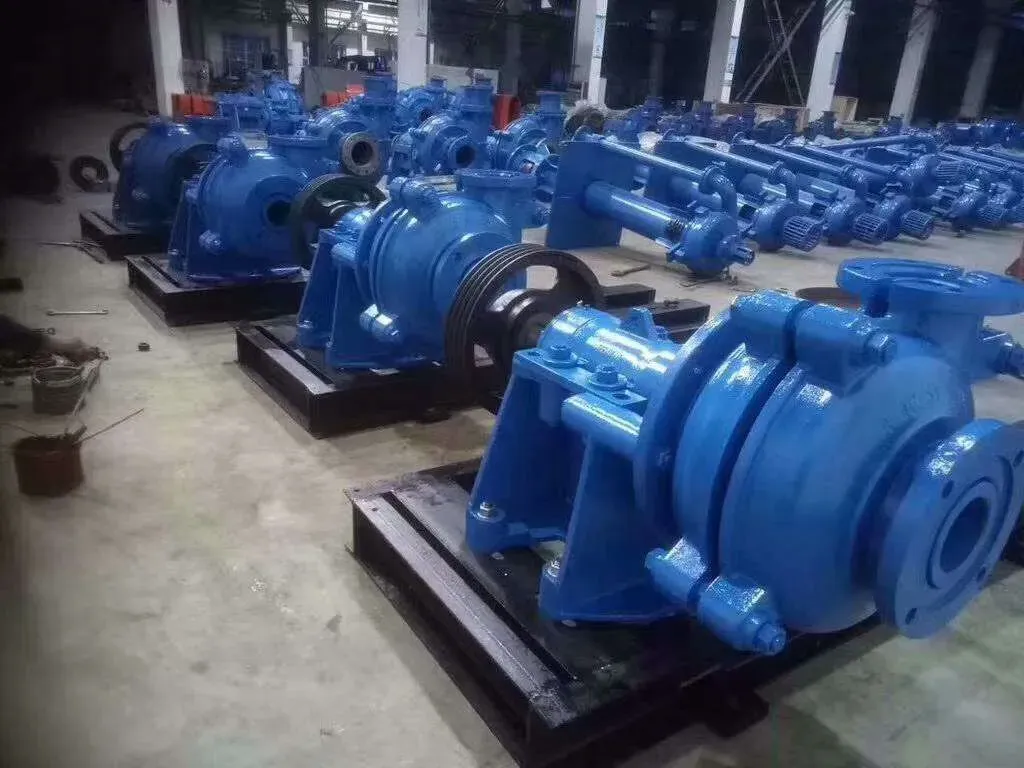English
- Afrikaans
- Albanian
- Amharic
- Arabic
- Armenian
- Azerbaijani
- Basque
- Belarusian
- Bengali
- Bosnian
- Bulgarian
- Catalan
- Cebuano
- Corsican
- Croatian
- Czech
- Danish
- Dutch
- English
- Esperanto
- Estonian
- Finnish
- French
- Frisian
- Galician
- Georgian
- German
- Greek
- Gujarati
- Haitian Creole
- hausa
- hawaiian
- Hebrew
- Hindi
- Miao
- Hungarian
- Icelandic
- igbo
- Indonesian
- irish
- Italian
- Japanese
- Javanese
- Kannada
- kazakh
- Khmer
- Rwandese
- Korean
- Kurdish
- Kyrgyz
- Lao
- Latin
- Latvian
- Lithuanian
- Luxembourgish
- Macedonian
- Malgashi
- Malay
- Malayalam
- Maltese
- Maori
- Marathi
- Mongolian
- Myanmar
- Nepali
- Norwegian
- Norwegian
- Occitan
- Pashto
- Persian
- Polish
- Portuguese
- Punjabi
- Romanian
- Russian
- Samoan
- Scottish Gaelic
- Serbian
- Sesotho
- Shona
- Sindhi
- Sinhala
- Slovak
- Slovenian
- Somali
- Spanish
- Sundanese
- Swahili
- Swedish
- Tagalog
- Tajik
- Tamil
- Tatar
- Telugu
- Thai
- Turkish
- Turkmen
- Ukrainian
- Urdu
- Uighur
- Uzbek
- Vietnamese
- Welsh
- Bantu
- Yiddish
- Yoruba
- Zulu
Telephone: +86 13120555503
Email: frank@cypump.com
Sep . 26, 2024 00:06 Back to list
Understanding Pump Selection for Efficient Slurry Handling and Transportation
Pumps Used for Slurry An Overview
Slurries represent a unique challenge in various industrial processes, and the selection of appropriate pumping solutions is critical for efficiency and reliability. A slurry is defined as a mixture of solids and liquids, typically consisting of particles suspended in water or other fluids. Commonly found in mining, construction, and wastewater treatment industries, the properties of slurries – including viscosity, density, and particle size – demand careful consideration when selecting a pump.
Pumps Used for Slurry An Overview
Another commonly used pump for slurry applications is the positive displacement pump. Unlike centrifugal pumps, positive displacement pumps move fluid by trapping a fixed amount of it and forcing it into the discharge pipe. This characteristic makes them particularly effective for high-viscosity slurries where centrifugal pumps may struggle. Among positive displacement pumps, the diaphragm and screw pumps are frequently utilized due to their ability to handle thick mixtures without damaging the solids.
pump used for slurry

The choice of pump size and type also heavily depends on the specific characteristics of the slurry. For instance, slurries with high solid content require pumps capable of generating higher pressure to ensure consistent flow. Likewise, the particle size distribution can influence pump selection; larger particles may necessitate pumps with larger inlet and outlet diameters to prevent clogging.
In addition to traditional pump types, submersible pumps are sometimes employed for slurry handling, particularly in applications where space is limited. These pumps are designed to operate underwater, making them ideal for transferring slurry in trenches or tanks. Their ability to handle both liquid and solids simultaneously provides flexibility in managing varied slurry compositions.
Moreover, maintenance and monitoring play critical roles in the operation of slurry pumps. Regular inspection for wear, particularly in components such as seals and impellers, is essential to ensure longevity and optimal performance. Employing monitoring systems can help detect changes in flow rates or pressure, prompting early intervention before more serious issues arise.
In conclusion, the choice of pump for slurry applications is not a one-size-fits-all solution. Various factors, including the type of slurry, its properties, and the specific operational requirements, must be considered to select the most effective pumping solution. Understanding the capabilities and limitations of different pump types will enable industries to optimize their processes, minimize downtime, and enhance overall efficiency in handling slurry. The ongoing development of pump technology continues to improve performance, ensuring that industry needs are met even as those needs evolve.
-
ISG Series Vertical Pipeline Pump - Chi Yuan Pumps Co., LTD.|High Efficiency, Energy Saving, Low Noise
NewsJul.30,2025
-
ISG Series Vertical Pipeline Pump- Chi Yuan Pumps|High Efficiency&Low Noise
NewsJul.30,2025
-
ISG Series Vertical Pipeline Pump-Chi Yuan Pumps Co., LTD.|High Efficiency&Energy Conservation
NewsJul.30,2025
-
ISG Series Vertical Pipeline Pump - Chi Yuan Pumps Co., LTD.|Advanced Hydraulic Design&Energy-Efficient Solutions
NewsJul.30,2025
-
ISG Series Vertical Pipeline Pump - Chi Yuan Pumps Co., LTD.
NewsJul.30,2025
-
ISG Series Vertical Pipeline Pump - Chi Yuan Pumps Co., LTD.|energy-efficient fluid handling&industrial durability
NewsJul.30,2025










